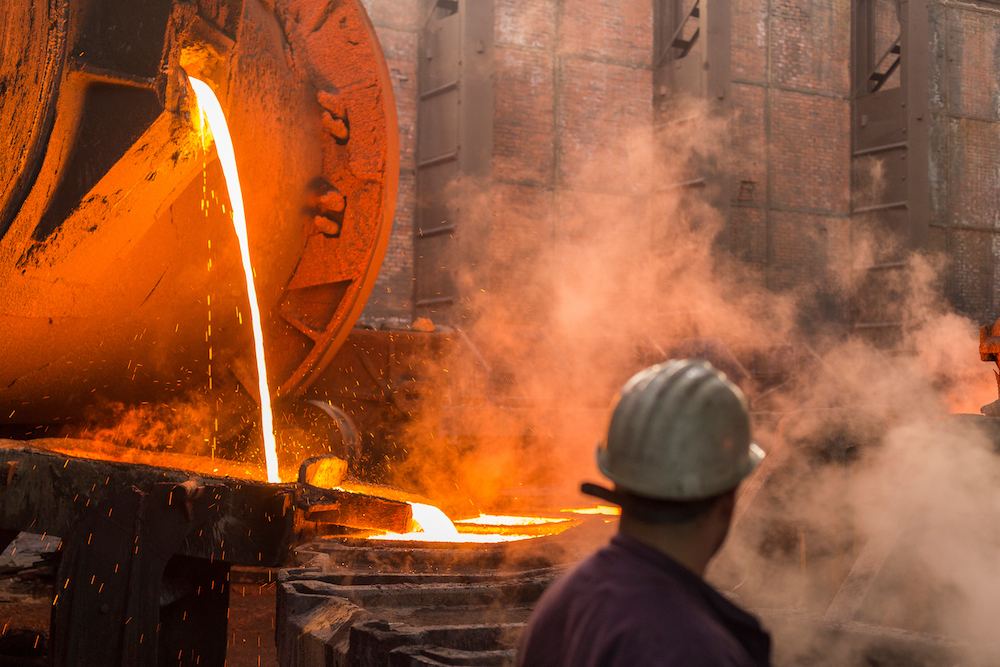
The current and consensus forecast copper price levels are insufficient to incentivize additional supplies to come online in response to the approaching wall of demand as the world moves to a fully electrified economy, a senior Stifel GMB analyst tells The Northern Miner.
According to Egizio Bianchini, vice chairman and Stifel’s head of metals and mining investment banking, the copper industry’s average price and company valuation multiples both need to increase significantly for the industry to even “attempt to deliver an aggressive supply response to expected demand,” he said in an interview.
“The global copper industry is undersized and undercapitalized to deliver a strong supply response to what is expected to be a firm demand profile,” said Bianchini.
According to Bianchini, notwithstanding the high margins the sector is currently experiencing, the copper price remains well below incentive pricing when considering the many significant risk factors associated with developing, financing and constructing a mine in the current environment.
Among these factors increasingly stifling mine development are unpredictable and additional environmental regulation, ESG-related considerations, a deteriorating geopolitical environment, seemingly high incentives for governments to increase their portion of the ‘financial pie’ (also known as resource nationalism), dramatically increasing inflation for goods and services, and the expanding timeframes for executing mine development and construction.
Despite these development headwinds, the copper price appears robust compared to trailing prices. At face value, forward-looking copper pricing expectations appear strong enough to entice significant additional production to come on stream. However, it’s not that simple, explains Bianchini.